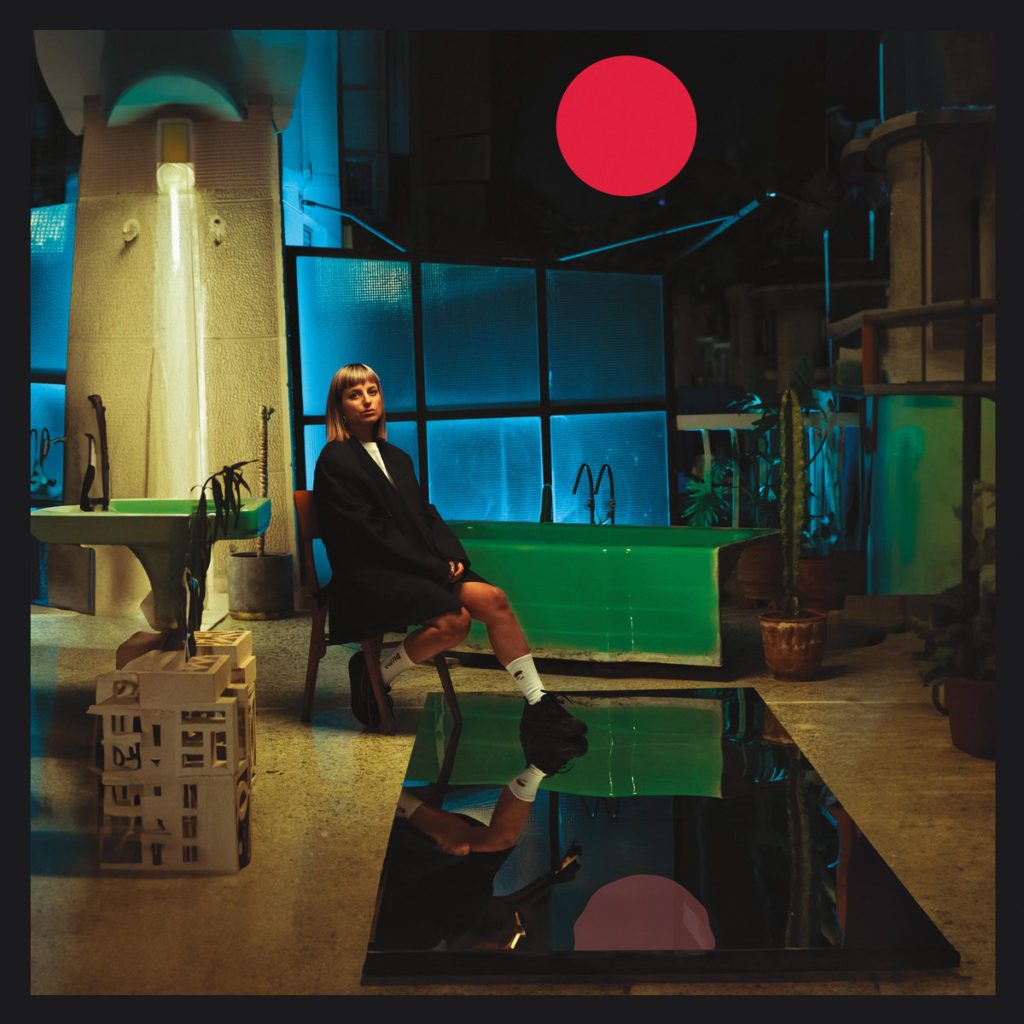Some rules are meant for breaking.
Maria Chiara Argirò’s fourth LP, Closer, is a collection of ten upbeat and easy-listening tracks that dive into the dreamlike calling she experienced to create this album. What started as a crystal clear idea for a body of work to reflect who she wants to be as both an artist and human being, has come full circle upon completion and release of the 30-minute-long symphonic journey, Closer.
Growing up in Italy, Argirò matured as a pianist. Her exposure to the famous London Jazz scene after moving there 15 years ago, along with her predetermined vision of what Closer should be, all work together to create a collective electronic sound that differs from most of her previous work. The album’s third track, “Grow,” showcases the development of this new sound and is the first standout on the album with a hard-hitting kick, melodic vocals, and bending bass lines that are felt all over the body, truly putting on display her growth as a musician and storyteller. Argirò’s track, “Time,” shows that the power of storytelling goes beyond lyrics and sound. During the short track, her song structure imitates a stopwatch counting down to zero with the introduction of darker elements around the halfway point of the track, evoking a feeling that time is running out, something that listeners are unaware of at the start but is unavoidable at the end. The topic of time stays relevant on the following track “Koala,” where her sound evolves and transcends time. A constant ticking, similar to a clock, can be heard throughout as a top layer of the drums, serves as a gentle reminder that all good things must come to an end.
The album’s emotional tracks, such as “September,” “Game,” and the title track, “Closer,” deal with complex topics of love, life, and self-discovery using beautiful melodies, impactful lyrics, and emotional chord progressions that ground the listener in relatable topics dealt with daily. On the other hand, the combination of emotional chords, soothing pads, arpeggiated synths, grand vocals, and weightless drum patterns aim to lift up the listener, much like the final track, “Floating.” It consistently builds and is accompanied by a strong trumpet lead that allows the listener to float with the track as the song and album come to a euphoric end, suggesting that life’s answers can be found with their heads in the clouds, similar to Argirò’s mindset when she conceptualized Closer.



Leave a Comment